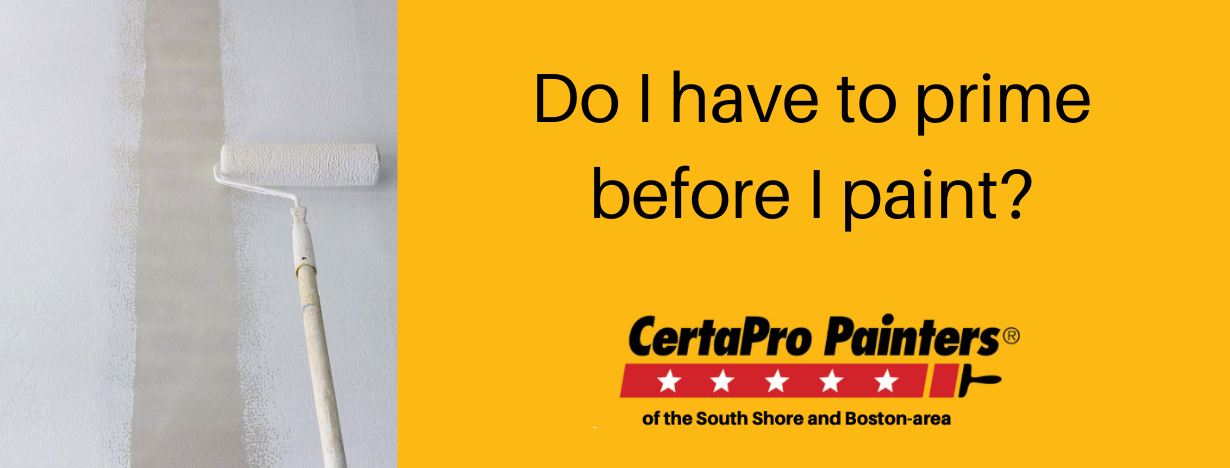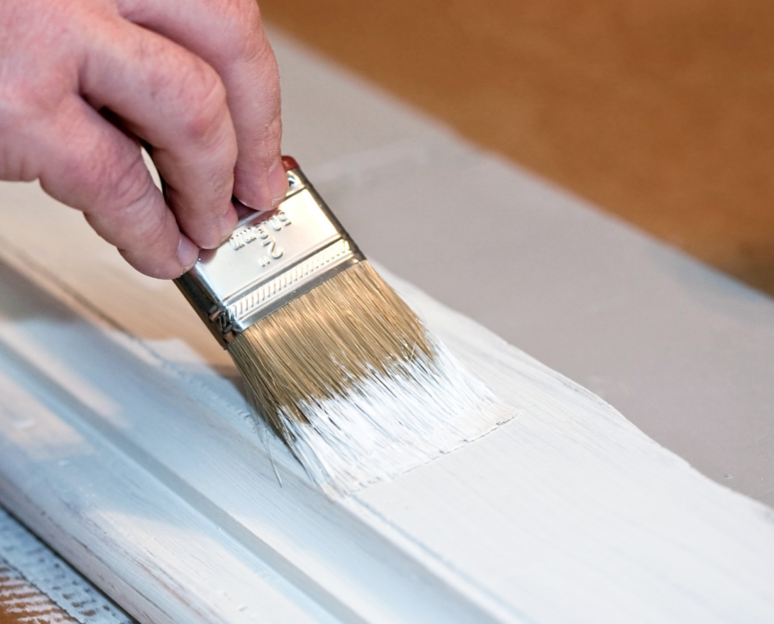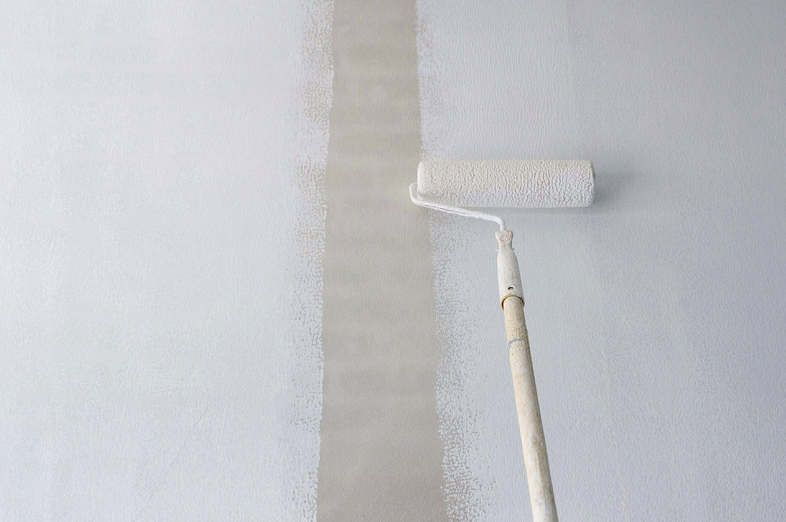
Do I have to prime before I paint?
Posted on January 11, 2022
Years ago, many painters recommended primer nearly every time you painted, but now there are so many high-quality paint formulas available, there isn’t always a need to prime.
Generally, there are two conflicting points of view:
- If you use a primer in certain interior situations, it might waste time and money.
- Not using a primer can cost you more if you apply multiple coats to achieve the coverage and desired look.
What is primer?
Paint primer is a preparatory undercoating applied to substrates such as wood or walls before painting.
Primer is applied like paint, but since it has a high concentration of solids plus a glue-like adhesive mixed in, it acts like a glue that seals the surface and provides a clean and flat surface to which paint will adhere.
Primer is useful when it allows the top coats of paint to be applied smoothly and for the previous paint color to not bleed through the new paint color.
What is tinted primer?
If you’ll be painting your room a darker color, consider using a tinted primer to ensure the final color looks even better.
What does “pre-primed” mean?
Lots of today’s trim, doors, and clapboards can be bought “pre-primed.” This means a factory primer has been applied, saving you or your painter the step of priming them yourself.
Bonus, since factories apply these coating inside, the pre-primed finish tends to be very stable.

Is primer used on both interiors and exteriors?
Yes, primer is recommended for all interior and exterior situations on the list below:
Times to use a primer before you paint:
- When you’re painting color from very dark to light (like a dark blue wall being painted white).
- When you’re painting color from very light to dark (like a white wall being painted dark green.
- On walls that have stains such as crayon, grease spots, soot, and nicotine. There are even special primers that will cover up cigarette smoke smells!
- On porous surfaces like wood and new sheetrock.

Primer is being applied over this cement wall because it is porous. - On glossy or shellacked surfaces (you should also consider lightly sanding these surfaces prior to priming).
- After removing wallpaper.
- If you’re painting over metal or plastic, use a special primer for these surfaces before you paint.
Skip priming before you paint as follows:
- When the walls are in good shape and have been painted before. Essentially your previous paint acts as the primer for the new paint.
- When the color you’re painting is similar to the one you’re painting over (for example, ivory paint over a previously painted white wall)
- If you have spackled the wall in a few places on a wall that is in otherwise good shape, you don’t need a separate primer for the spackled spots. Instead, simply paint over the spackle with your paint to “prime” those spots. After that, you can paint over the entire wall.
To get a free quote for your interior or exterior painting project, schedule one here. If you have any questions about priming or painting, email [email protected], we’re happy to answer your questions even if you’re doing the project yourself.
< BACK TO OUR INDEX OF ARTICLES, TIPS, AND ADVICE
You also might like to read:
Our paint brand recommendations
Working with our free color consultant






